 Peripheral artery disease or more commonly known as PAD, is a condition that causes poor circulation to the lower limbs due to plaque buildup in the arteries. This arterial plaque buildup causes the arteries to harden and narrow, leading to reduced blood flow to the affected areas. If severe enough, blocked blood flow can cause gangrene. In severe cases, this can lead to leg amputation.Some people are at an increased risk of developing PAD. The main risk factor for developing PAD is smoking or having a history of smoking. Other risk factors include having a history of diabetes, high blood pressure, high cholesterol, ischemic heart disease, stroke, and metabolic syndrome. If you have any of these risk factors, discuss them with a podiatrist, who can monitor the health of your lower limbs and screen for PAD.
Peripheral artery disease or more commonly known as PAD, is a condition that causes poor circulation to the lower limbs due to plaque buildup in the arteries. This arterial plaque buildup causes the arteries to harden and narrow, leading to reduced blood flow to the affected areas. If severe enough, blocked blood flow can cause gangrene. In severe cases, this can lead to leg amputation.Some people are at an increased risk of developing PAD. The main risk factor for developing PAD is smoking or having a history of smoking. Other risk factors include having a history of diabetes, high blood pressure, high cholesterol, ischemic heart disease, stroke, and metabolic syndrome. If you have any of these risk factors, discuss them with a podiatrist, who can monitor the health of your lower limbs and screen for PAD.
Peripheral artery disease can pose a serious risk to your health. It can increase the risk of stroke and heart attack. If you have symptoms of peripheral artery disease, consult with one of our podiatrists from Canonsburg Podiatry Associates. Our doctors will assess your condition and provide you with quality foot and ankle treatment.
Peripheral artery disease (PAD) is when arteries are constricted due to plaque (fatty deposits) build-up. This results in less blood flow to the legs and other extremities. The main cause of PAD is atherosclerosis, in which plaque builds up in the arteries.
Symptoms
Symptoms of PAD include:
- Claudication (leg pain from walking)
- Numbness in legs
- Decrease in growth of leg hair and toenails
- Paleness of the skin
- Erectile dysfunction
- Sores and wounds on legs and feet that won’t heal
- Coldness in one leg
It is important to note that a majority of individuals never show any symptoms of PAD.
Diagnosis
While PAD occurs in the legs and arteries, Podiatrists can diagnose PAD. Podiatrists utilize a test called an ankle-brachial index (ABI). An ABI test compares blood pressure in your arm to you ankle to see if any abnormality occurs. Ultrasound and imaging devices may also be used.
Treatment
Fortunately, lifestyle changes such as maintaining a healthy diet, exercising, managing cholesterol and blood sugar levels, and quitting smoking, can all treat PAD. Medications that prevent clots from occurring can be prescribed. Finally, in some cases, surgery may be recommended.
If you have any questions, please feel free to contact our office located in Canonsburg and McMurray, PA . We offer the newest diagnostic and treatment technologies for all your foot care needs.
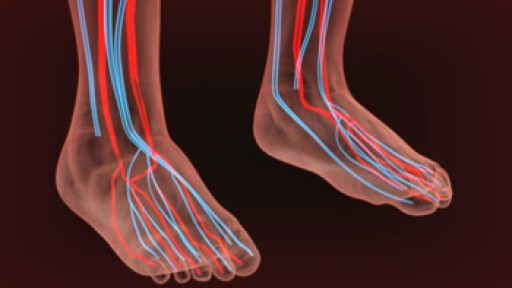
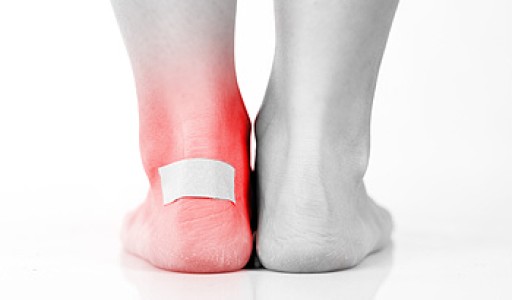
 Blisters
Blisters

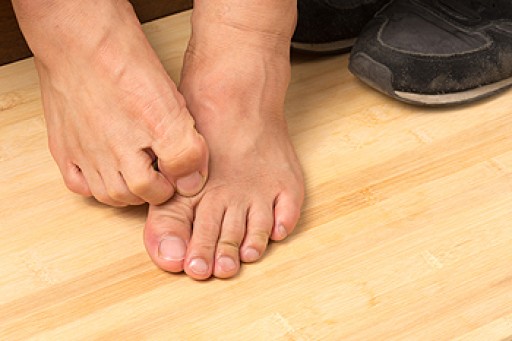

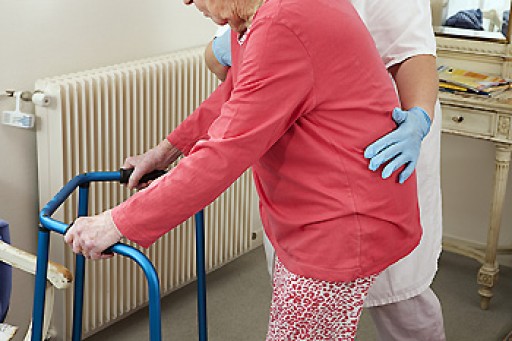

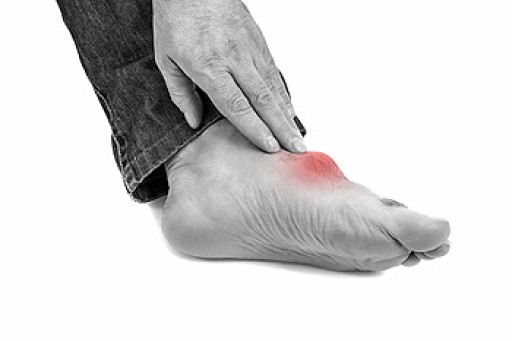
 Gout
Gout